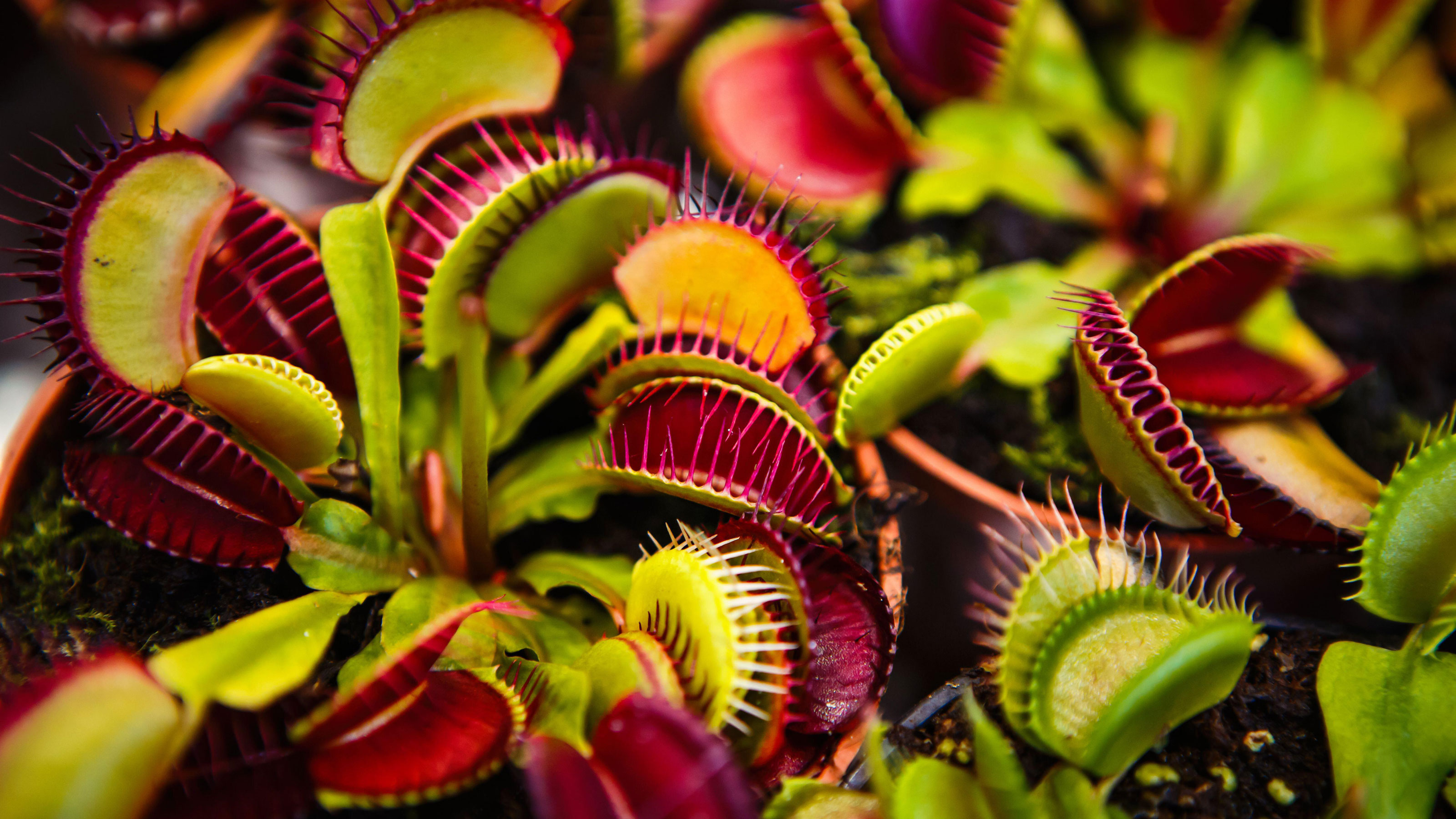
Find out how to care for Venus fly trap (also known by its scientific name Dionaea muscipula) and these useful little house plants will reward you big time as they really are champion bug catchers in the world of carnivorous plants.
Famous for snapping up insects, their eye-catching, other worldly good looks also make them a gorgeous addition to your green family. Our plant experts share tips to keep them thriving including the perfect growing environment, advice on light needs and the most suitable type of soil.
These exotic beauties can be a little difficult to care for so this is definitely one of those indoor plants you need to find out how to look after properly if you want it to thrive in your home.
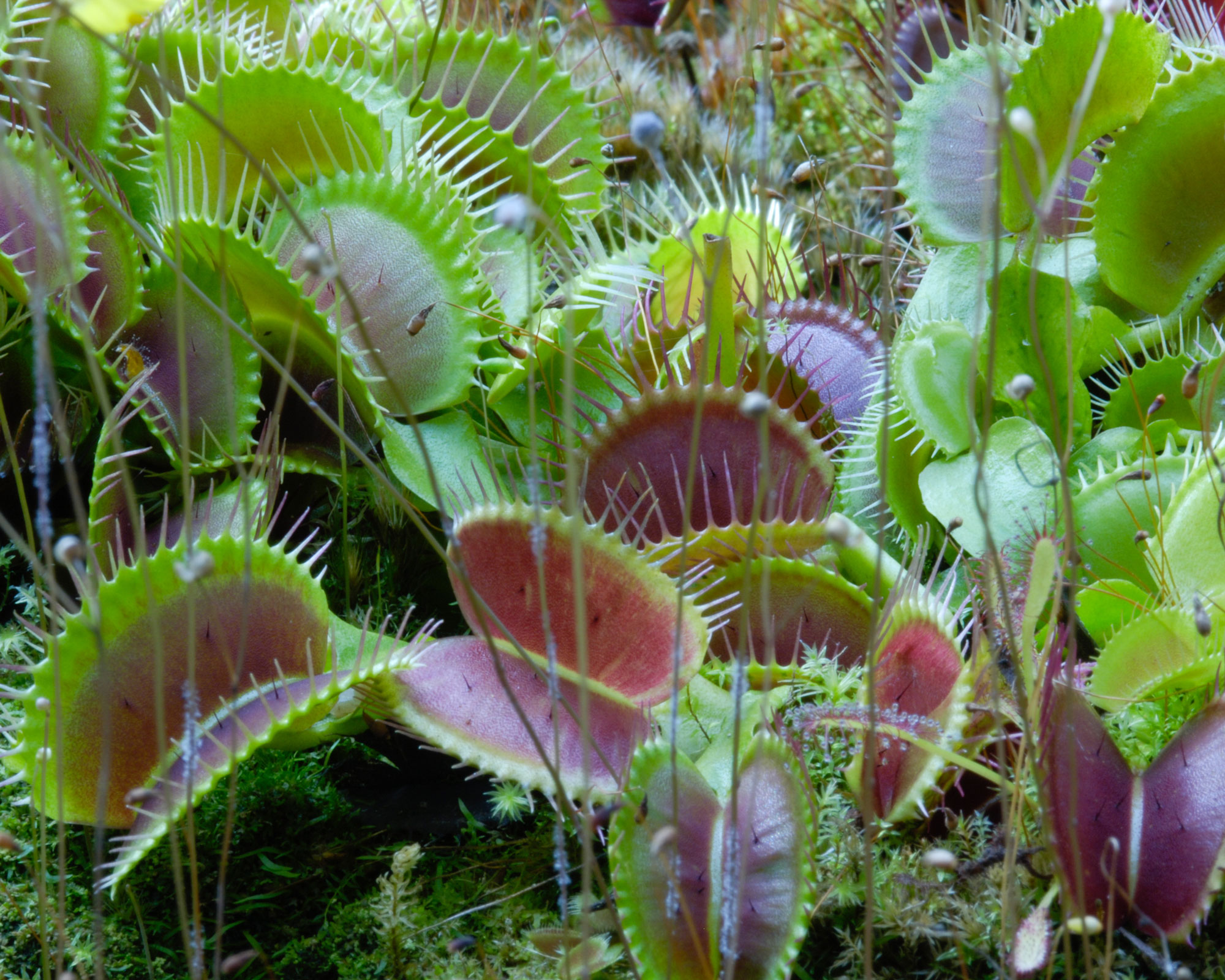
How to care for Venus fly traps, according to house plant experts
Learn everything you need to know about caring for house plants and you'll keep your Venus fly trap healthy and happy in your home. These plants are known for being a little tricky so this is a great opportunity for guidance from the plant pros.
"Venus fly traps are quite high-maintenance and can easily die without proper care and growing conditions," says Anastasia Borisevich, plant expert at Plantum. "They need a lot of moisture and high humidity, as in their natural habitat they grow in swamps."
They're one of the best house plants for small spaces too. Now find out how to care for Venus fly traps with our easy-to-follow, seven-point expert plan to get the best out of your plants.

Anastasia Borisevich is a resident plant expert for the Plantum app that helps users identify plant species, diagnose their conditions, and get specific care advice.
1. Choose a light-filled spot
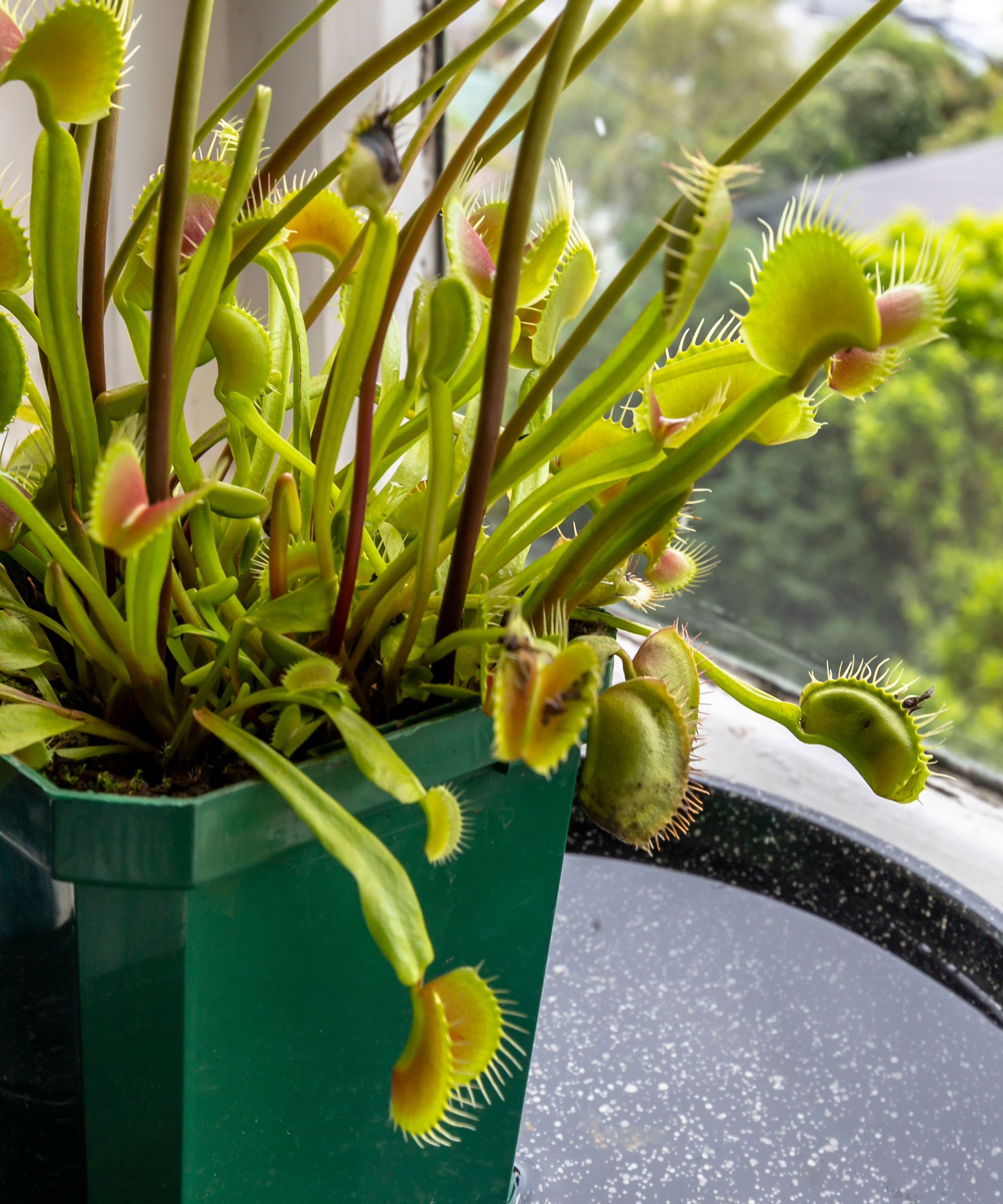
Find a happy place for your Venus fly trap where it will get plenty of indirect light, and won't be scorched by sunlight.
"Venus fly trap plants need bright, diffused light," says Anastasia Borisevich. "Direct sunlight in the morning and evening is fine. In hot weather, you should provide your plant with partial shade. The optimal location is next to an east or west-facing window."
In the same way as you would protect other tropical indoor plants, make sure your plant is not exposed to any drafts, and don't place it near heating appliances, as they dry out the air too much for Venus fly traps to thrive.
2. Make sure the soil is right
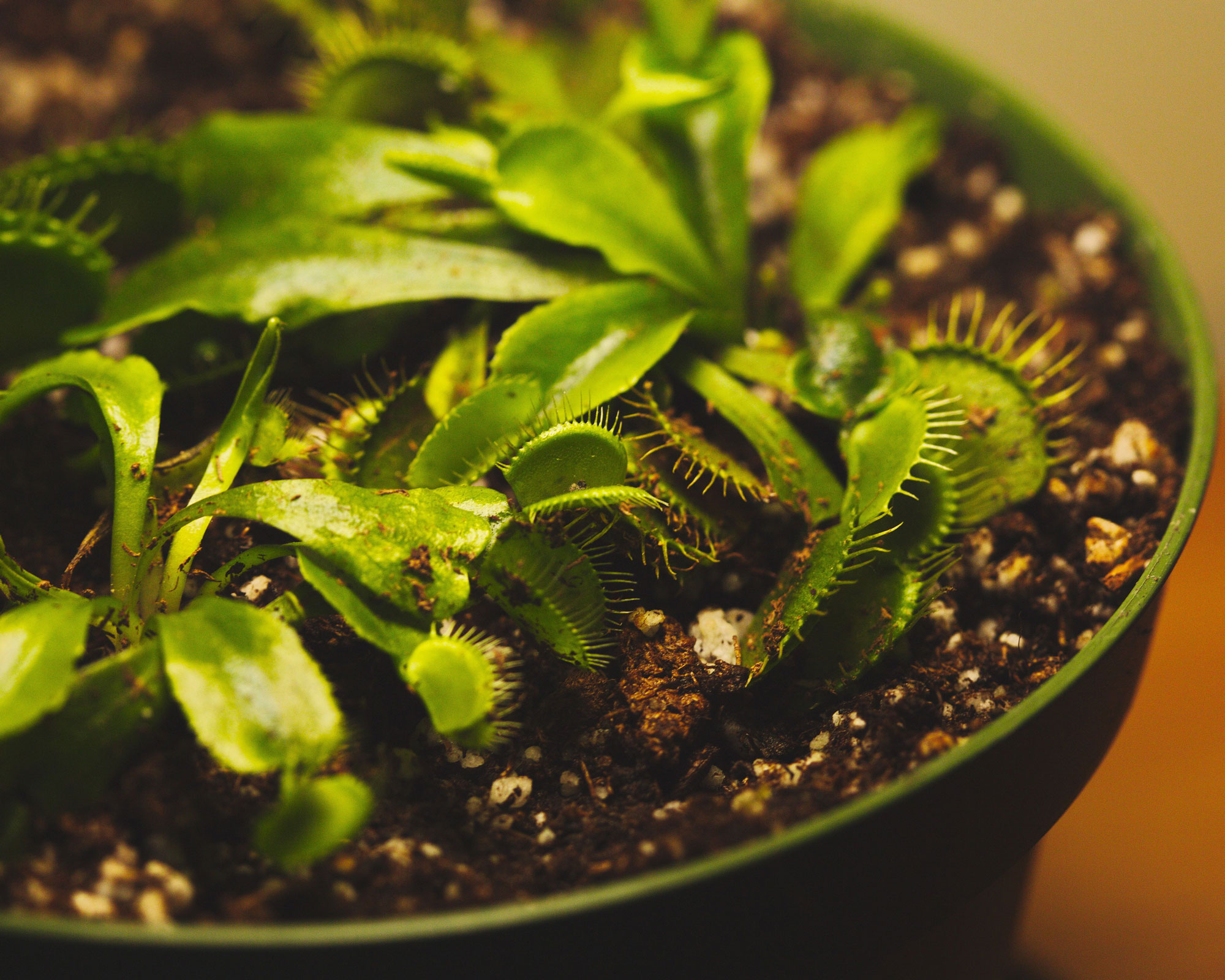
Venus fly trap plants grow naturally in wet, acidic conditions where the soil has very little nitrogen or any other nutrients. So if you pot up your plant in a traditional nutrient-rich houseplant soil mix it will die. Getting the soil right is a key part of how to care for Venus fly trap plants.
Instead, use a base of peat moss like this Hydrapeat Store naturally reduced peat blend soil media from Amazon, and mix in some horticultural sand or perlite to create ideal growing conditions for your plant. If you prefer a sustainable option, chemical-free bark, sawdust, or wood chips are good alternatives to peat moss.
3. Resist the urge to feed them
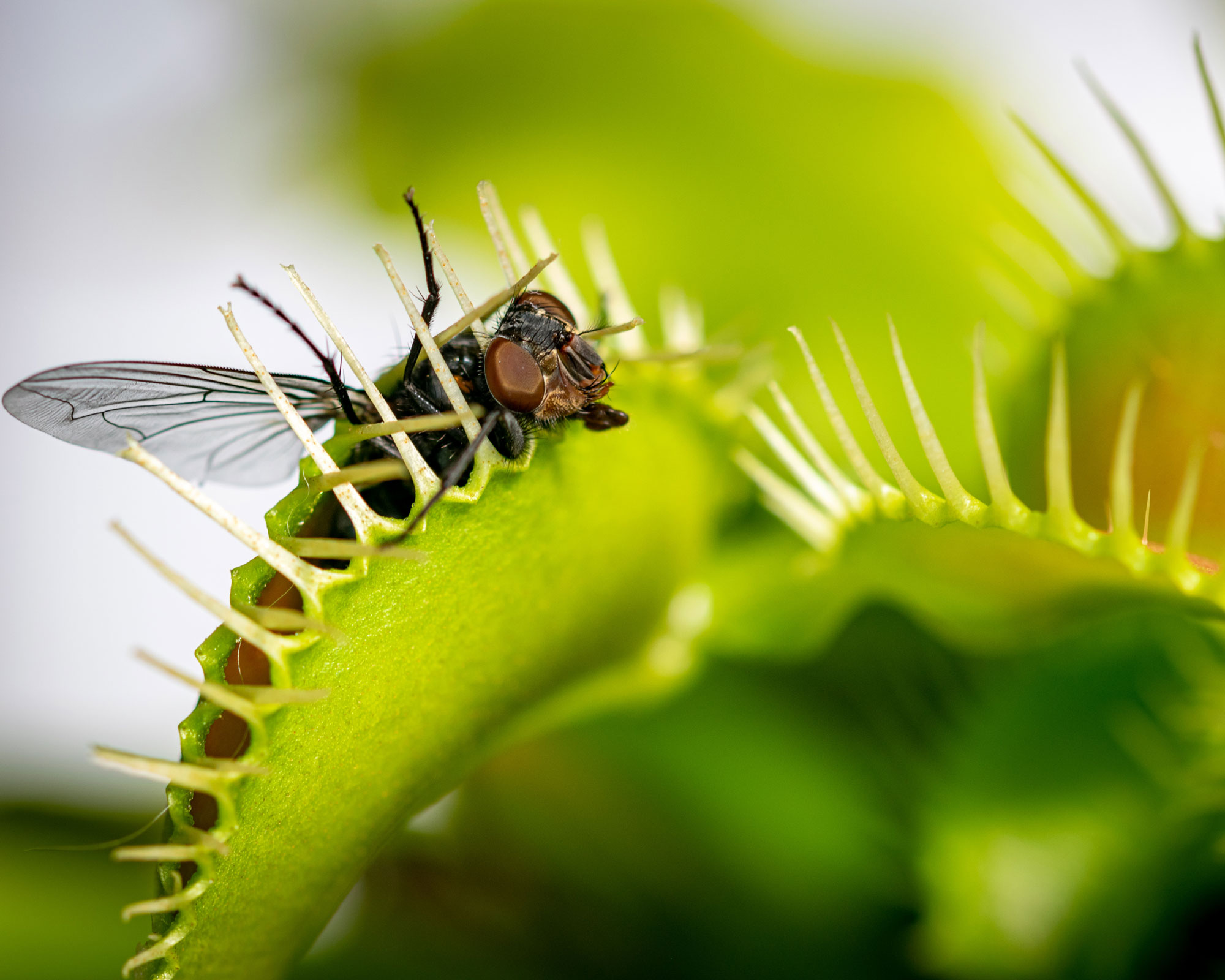
It's not necessary to fertilise this plant, and that is a key thing to remember when finding out how to care for Venus fly traps properly. They get all the food they need from the insects they catch.
They only need a few bugs a year and, despite their name, are not the best fly catchers, which works out alight as they can survive for over three months without an insect. They are a useful tool to get rid of gnats in houseplants, too.
In the wild, the Venus fly trap developed a taste for meat but don't be tempted to offer them a meaty treat. Resist the urge to feed them with dead bugs, if you want to know how not to kill houseplants. This also applies to poking them, as they are responsive to movement and will think they're getting food so will snap shut in preparation.
Every time they close, the plant uses up its energy, and if it doesn't get fed your precious plant will soon decline. If any leaves go black this is a sign they have been triggered but not fed, so trim off any unsightly ones with pruning shears that have long blades like these ones from The Sill, so you can angle carefully, and your plant will soon recover.
4. Give your plant the type of water it needs
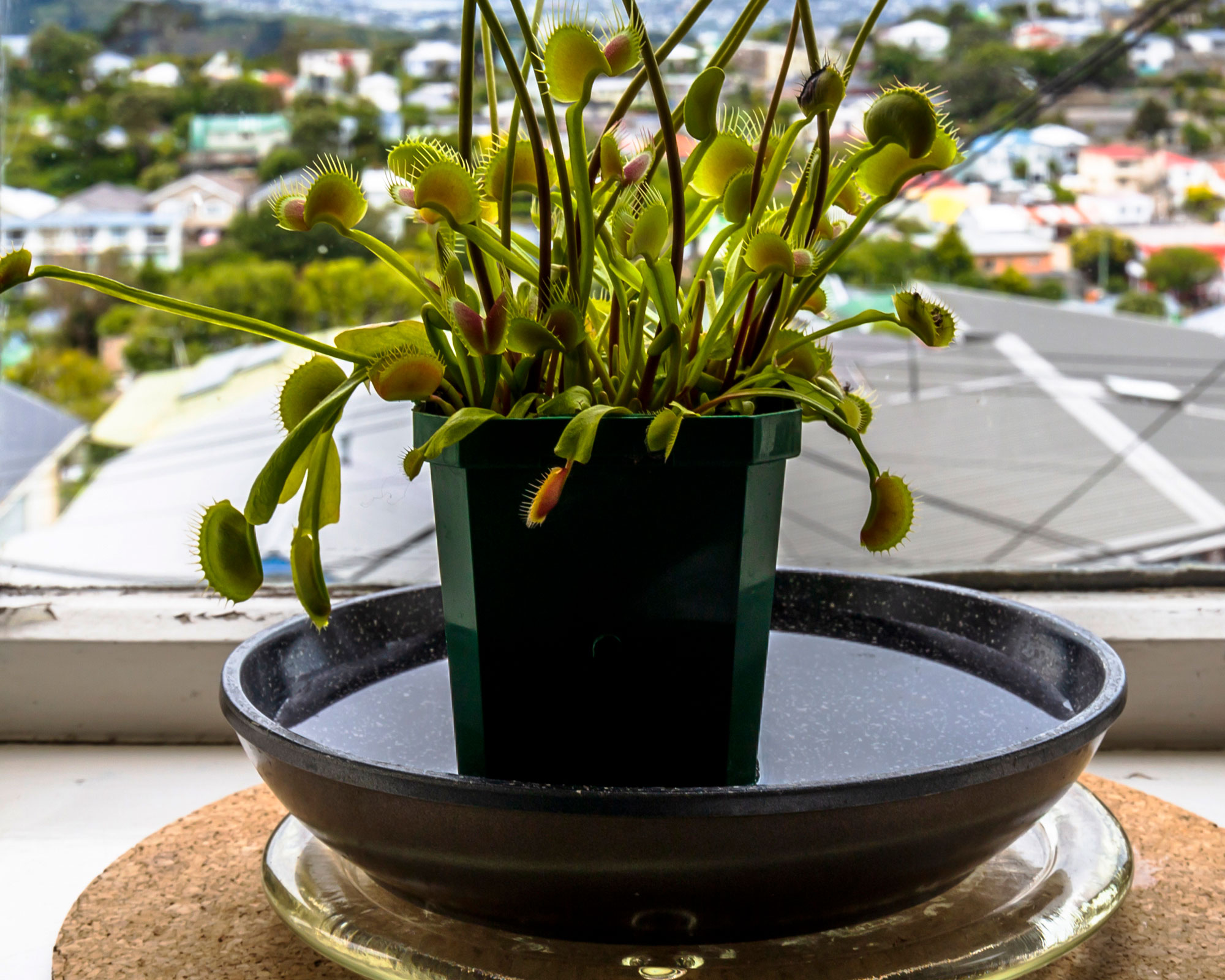
Giving your plant the right water is a crucial part of how to care for Venus fly traps.
"The quality of water is very important when watering your plant," explains Anastasia of Plantum. "The Venus fly trap can't absorb the salts contained in tap water or even filtered water. Instead use distilled water or rainwater. It contains no mineral salts that can harm the plant. Watering with hard tap water can kill the plant."
You can collect rainwater in a small rainsaver your balcony or in the garden. We like this cute rust-resistant rain chain from Amazon, perfect for those with little or no outdoor space, or a bigger option for those with yards such as this 50 gallon rain barrel from Home Depot.
Bottom watering is the perfect way to water these fussy plants. Set Venus trap in a shallow dish of water and let it slowly take up as much water as it needs. This way, the soil gets evenly moist, while the leaves are safe from rot.
Ideally, the pot and water-filled saucer should be kept on a tray of gravel (you can load this self-watering windowsill tray from Gardeners Supply Company) to help keep humidity around the plant high.
"Give your plant a drink every time the topsoil dries off," Anastasia advises. "You can check the soil moisture level by pushing your finger in. When the temperature is 66–77°F, your Venus plant will need a drink approximately once every two to four days."
5. Create a humid environment
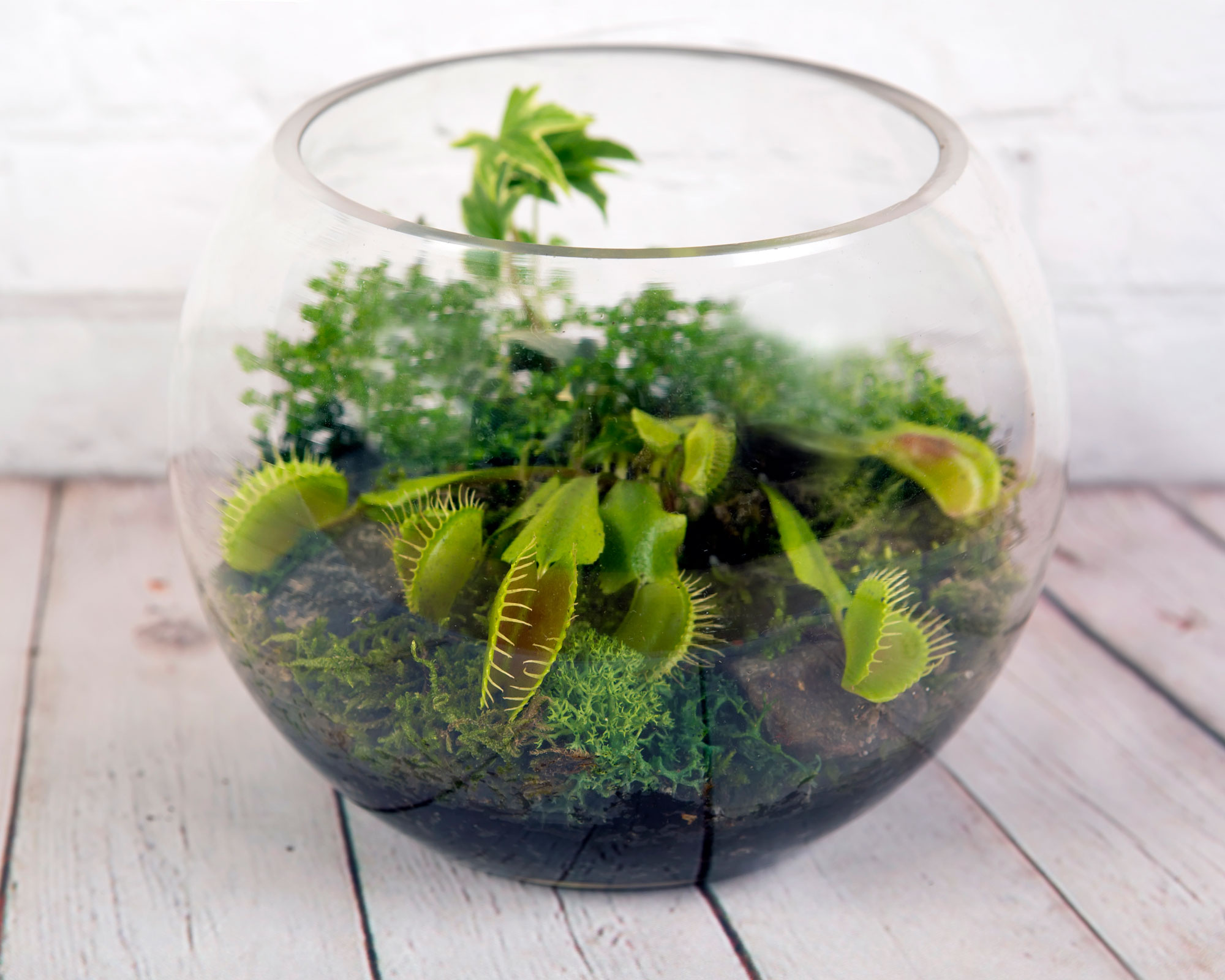
In indoor conditions, the Venus fly trap will grow well in a terrarium, but it's important you choose the right style when browsing terrarium ideas for inspiration.
Contrary to popular belief, and unlike many other carnivorous plants, fly traps do not prefer a high-humidity environment all the time, but are comfortable around the 50% mark. This means it's important to avoid a closed terrarium. Instead choose an open container like this glass one from Walmart.
Experts point out that growing a fly trap in a terrarium needs certain conditions. “The Venus fly trap is a fascinating plant," says Dan Jones, founder of Terrarium Tribe. “Charles Darwin described them as 'the most wonderful plant in the world'. But while they're a popular and well-known species, the Venus fly trap can be difficult to care for, meaning that growing one in a terrarium can be a challenge.
"The substrate used must be as close to nutrient-free as possible. The medium must be well-draining yet have the ability to retain water. Venus fly traps prefer constantly wet but not sodden substrate."
Alternatively, you can take an easier option to create humid growing conditions and mist your plant three to four times a day, or try an automatic rechargeable plant mister like this one from Anthropologie for regular, even, drip-free misting.

Dan Jones (together with co-founder Rae Davidson) set up Terrarium Tribe as the leading online source for all things to do with plant terrariums. With a professional background in science, marketing, and teaching, Dan has cultivated this platform to help beginners and experts alike improve their terrarium skills.
6. Repot as necessary
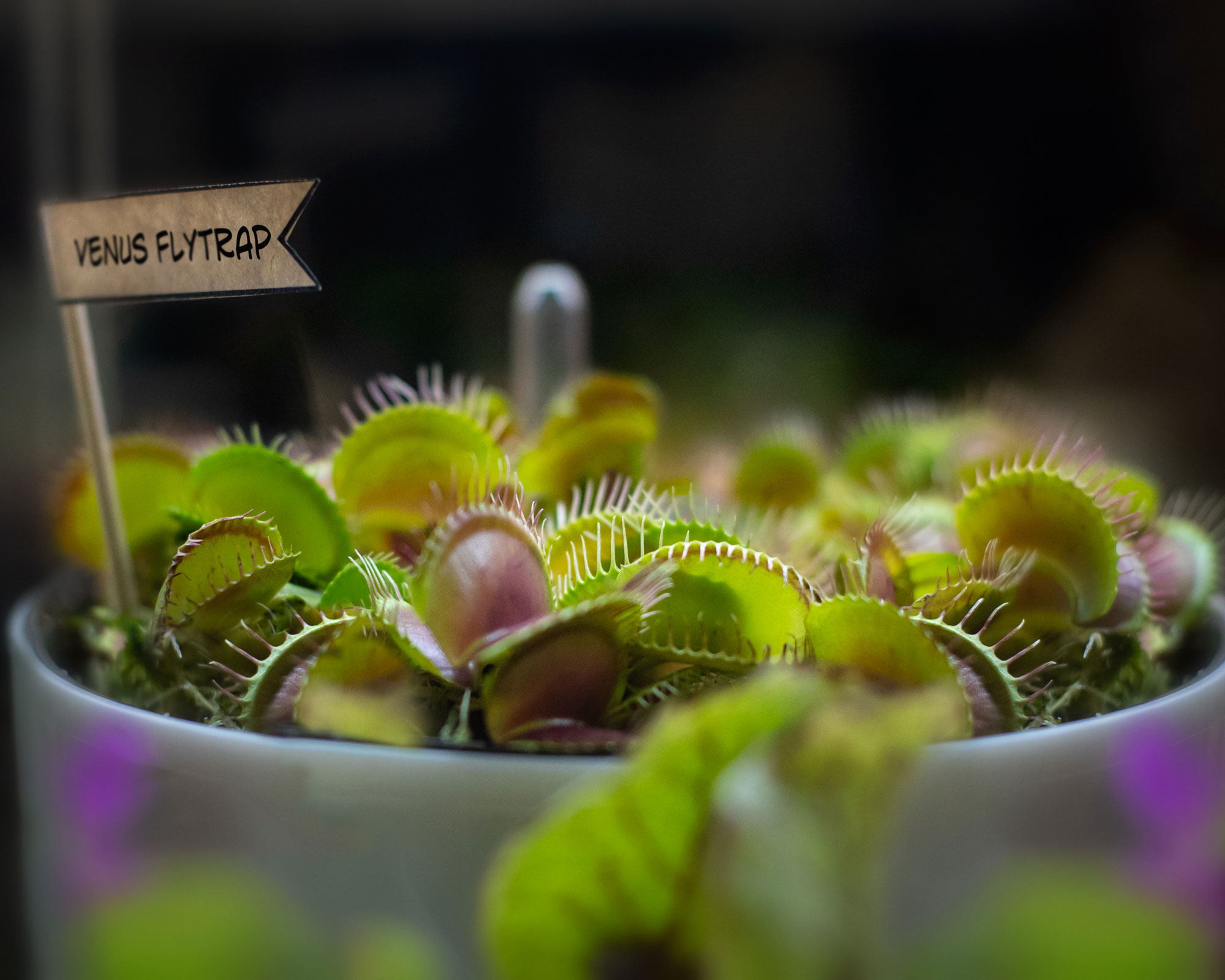
When you get your plant home from the garden center you may need to repot it into a taller pot like these ones from Walmart, as nursery pots are usually too shallow to accommodate the long roots your plant will develop.
As a general guide Venus fly traps should be repotted every one to two years to prevent pests and diseases taking hold as the soil decomposes and no longer meets the plant’s needs.
If you've had a fly trap for a couple of years your plant may have grown significantly, in which case it will need a new, bigger pot. If it has not grown that much, you can reuse the existing pot and simply remove the old growing medium and replace it with new potting soil.
Repotting is an excellent time to divide the plant to create baby Venus fly traps too so if you're interested in finding out about plant propagation these interesting plants are a great place to start.
7. Be mindful of dormancy
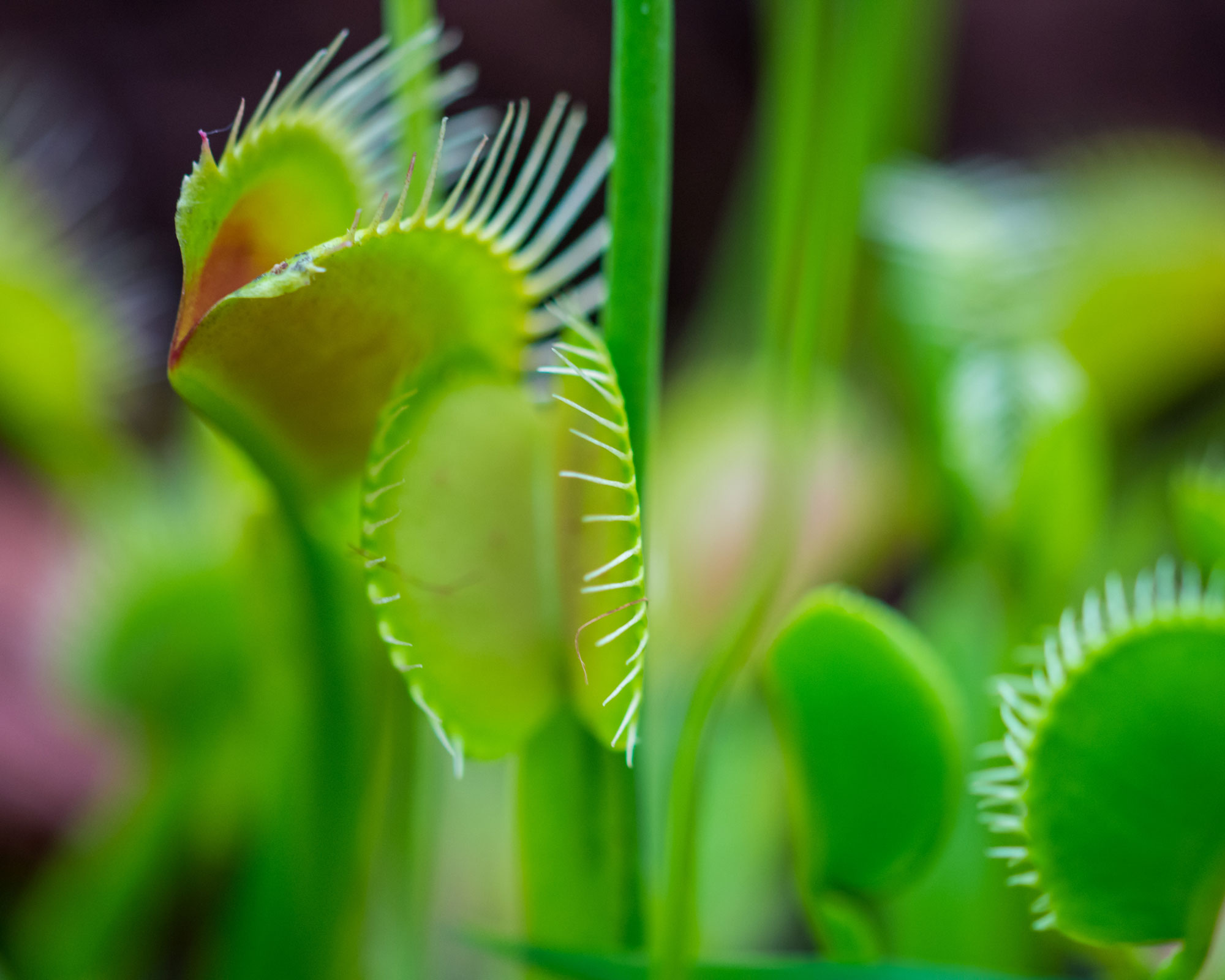
Venus fly traps are perennial plants, which means they come back year after year, and will look good from March to November, then die back for a spell.
"Venus fly traps also go through a period of dormancy in the winter months, typically from October to February," says Dan Jones. "The soil of your plant still needs to be kept moist during these months, and you’ll also need to find a cool spot (between 32-50° Fahrenheit) for the plant to rest during its dormancy phase."
Remember they are not actually a houseplant so will also benefit from being outside in winter as long as conditions aren't too harsh.
What to shop
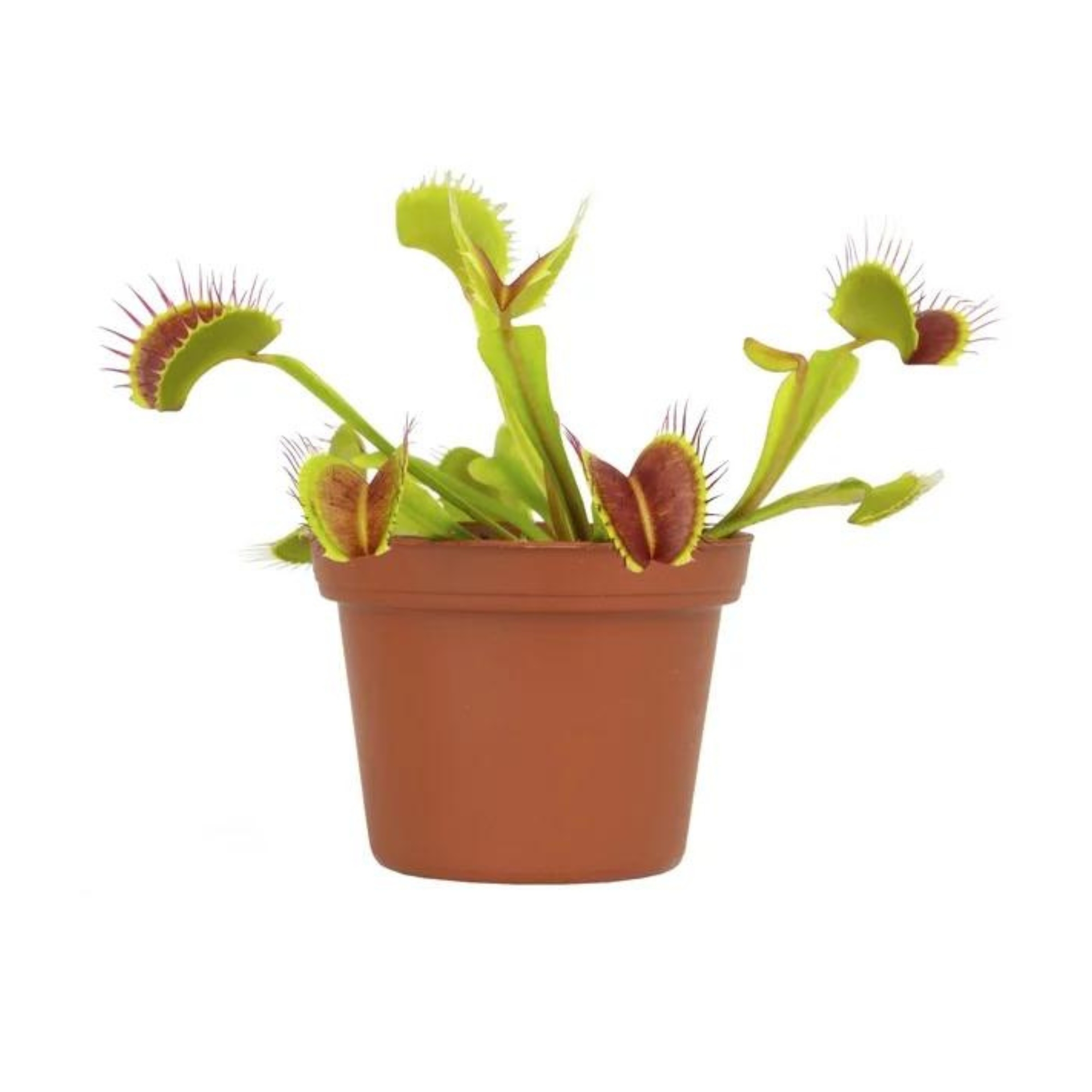
This carnivorous bog dwelling Venus fly trap plant makes for a fun, unique, and stimulating choice for new plant parents. It will quickly grow to 5 inches or more in diameter, and will thrive with the correct care requirements.
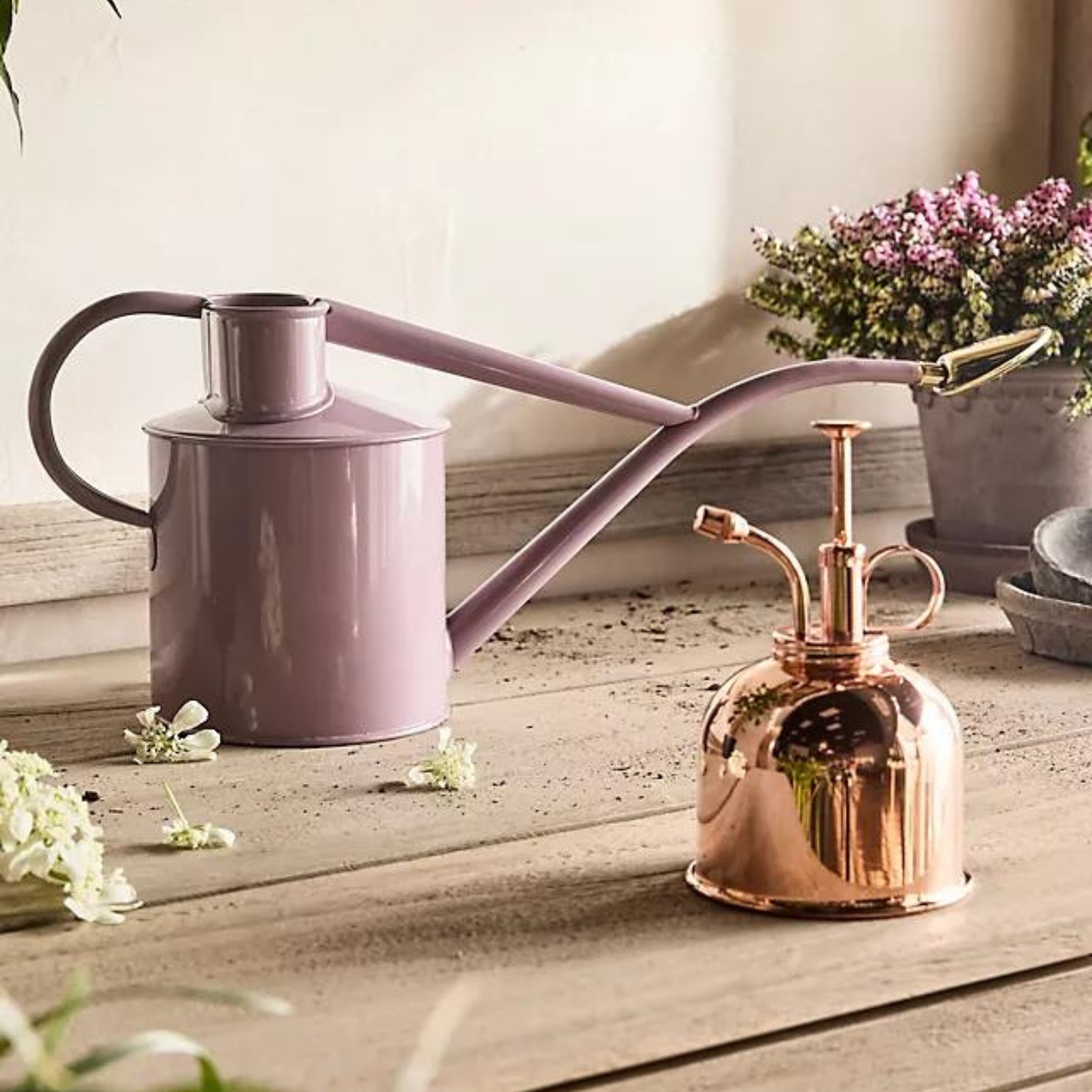
This pastel watering can is a classic style from Haws, made from galvanized steel and topped with a traditional brass rose for gentle watering. The mister provides a gentle spritz for humidity-loving Venus fly trap plants.
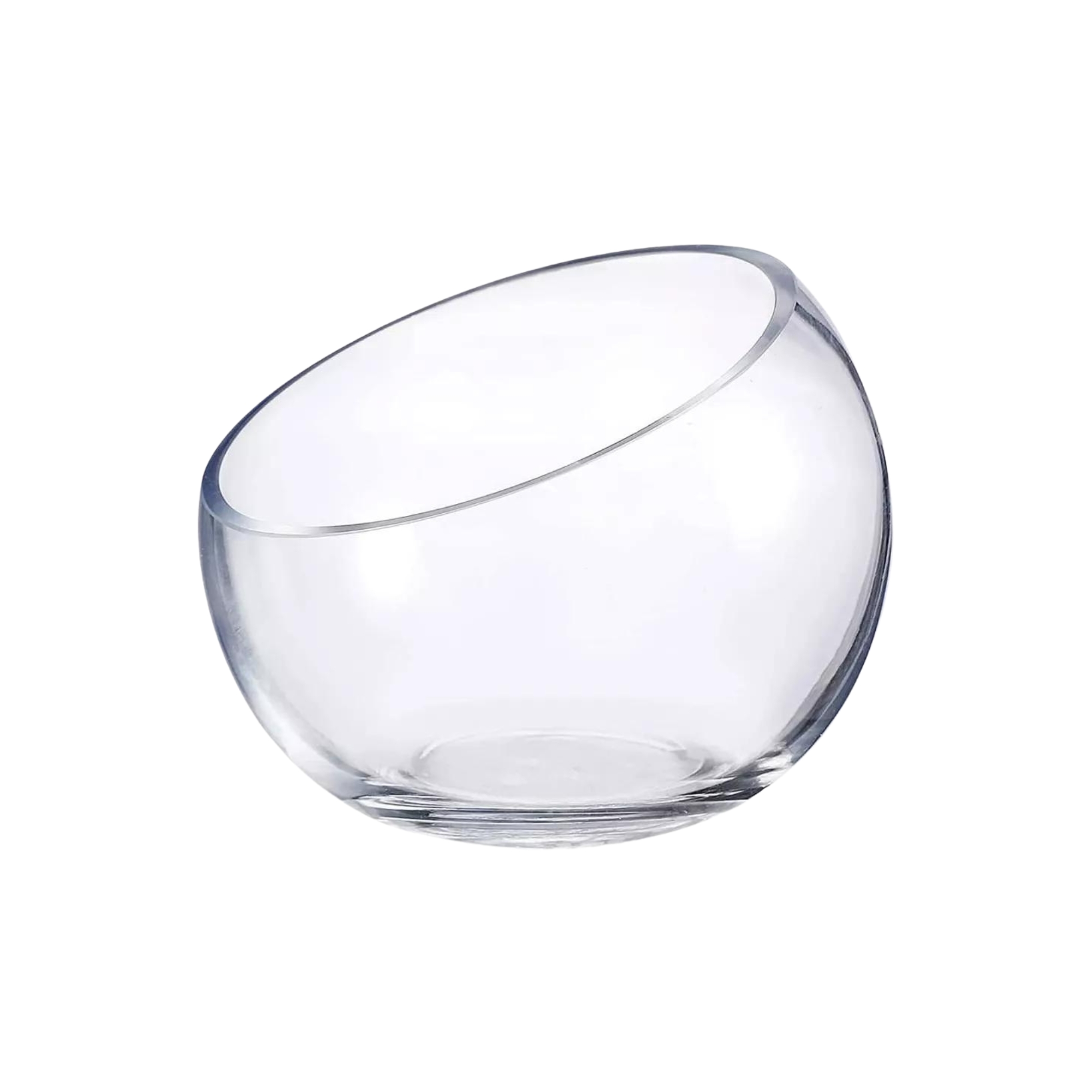
This open bowl-shaped glass terrarium is the perfect choice for creating a scape for your Venus fly trap plants. It will make an irresistible centerpiece to style up shelves in your living space. The wide opening makes planting easy too.
If you love exotic looking plants and want to find out more check out how to care for succulents and how to care for an air plant to keep your collection easy going and on-trend.
Join our newsletter
Get small space home decor ideas, celeb inspiration, DIY tips and more, straight to your inbox!
Lifestyle journalist Sarah Wilson writes about flowers, plants, garden design and trends. She has studied introductory garden and landscape design and floristry, and also has an RHS Level 2 qualification in the Principles of Plant Growth and Development. In addition to homesandgardens.com and livingetc.com she's written for gardeningetc.com, Real Homes, Modern Gardens and Country Homes & Interiors magazines. Her first job was at Elle magazine, during which time a trip to the beautiful La Colombe d'Or in St-Paul-de-Vence led to an interest in writing about all things botanical. Later as lifestyle editor at Country Homes & Interiors magazine the real pull was the run of captivating country gardens that were featured.
-
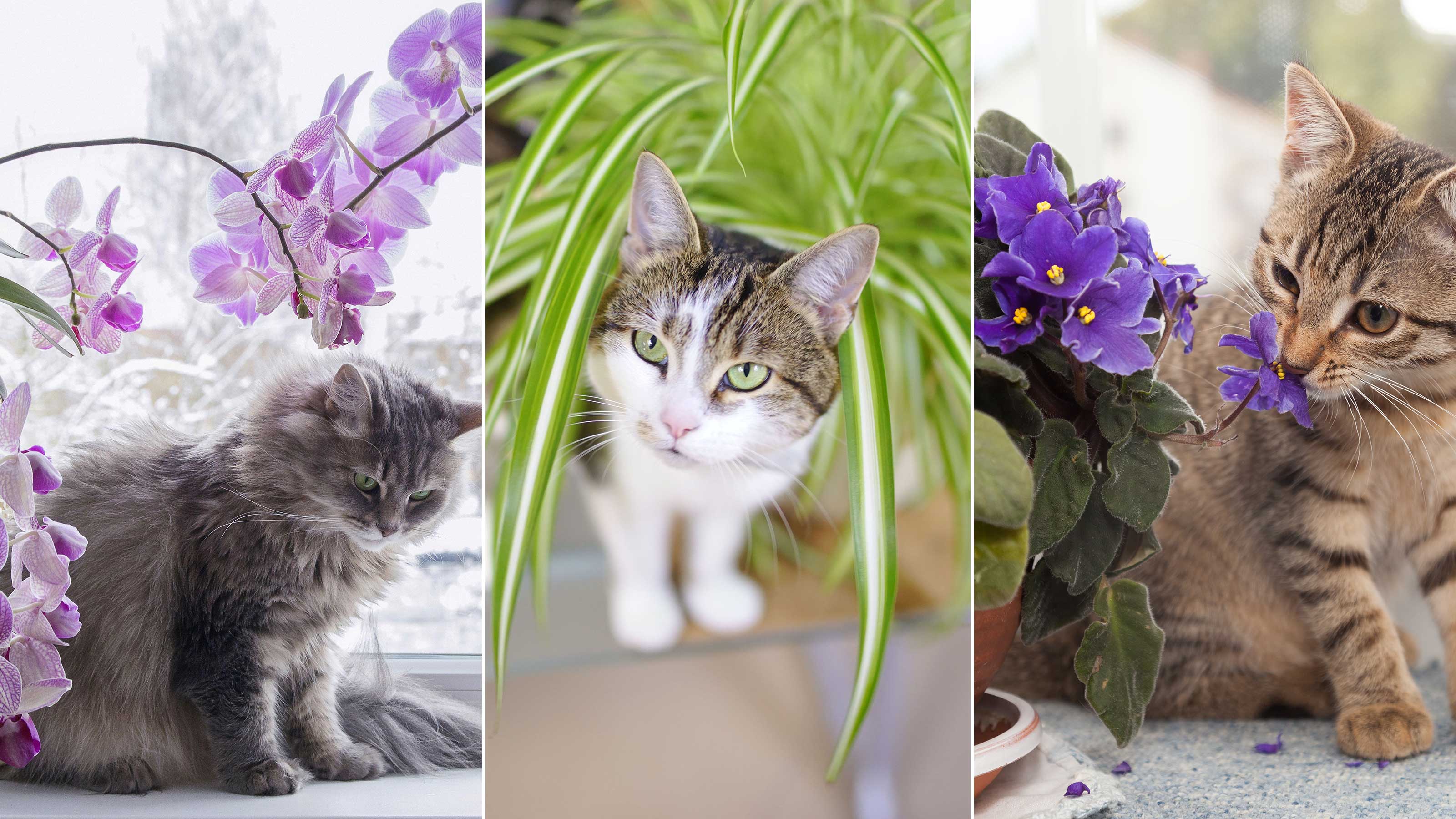 10 houseplants that are not toxic to cats — plus expert advice on keeping your pets safe
10 houseplants that are not toxic to cats — plus expert advice on keeping your pets safeKeep your four-legged companion safe by choosing these houseplants that are not toxic to cats, and learning the dangers of those that are, according to veterinary experts
By Holly Crossley
-
 How to make indoor plant leaves shiny, according to green-thumbed experts
How to make indoor plant leaves shiny, according to green-thumbed expertsLearning how to make indoor plant leaves shiny seems trivial, but this is not just about aesthetics. Here's how to clean them properly, and why you need to do it, according to pros
By Danielle Valente
-
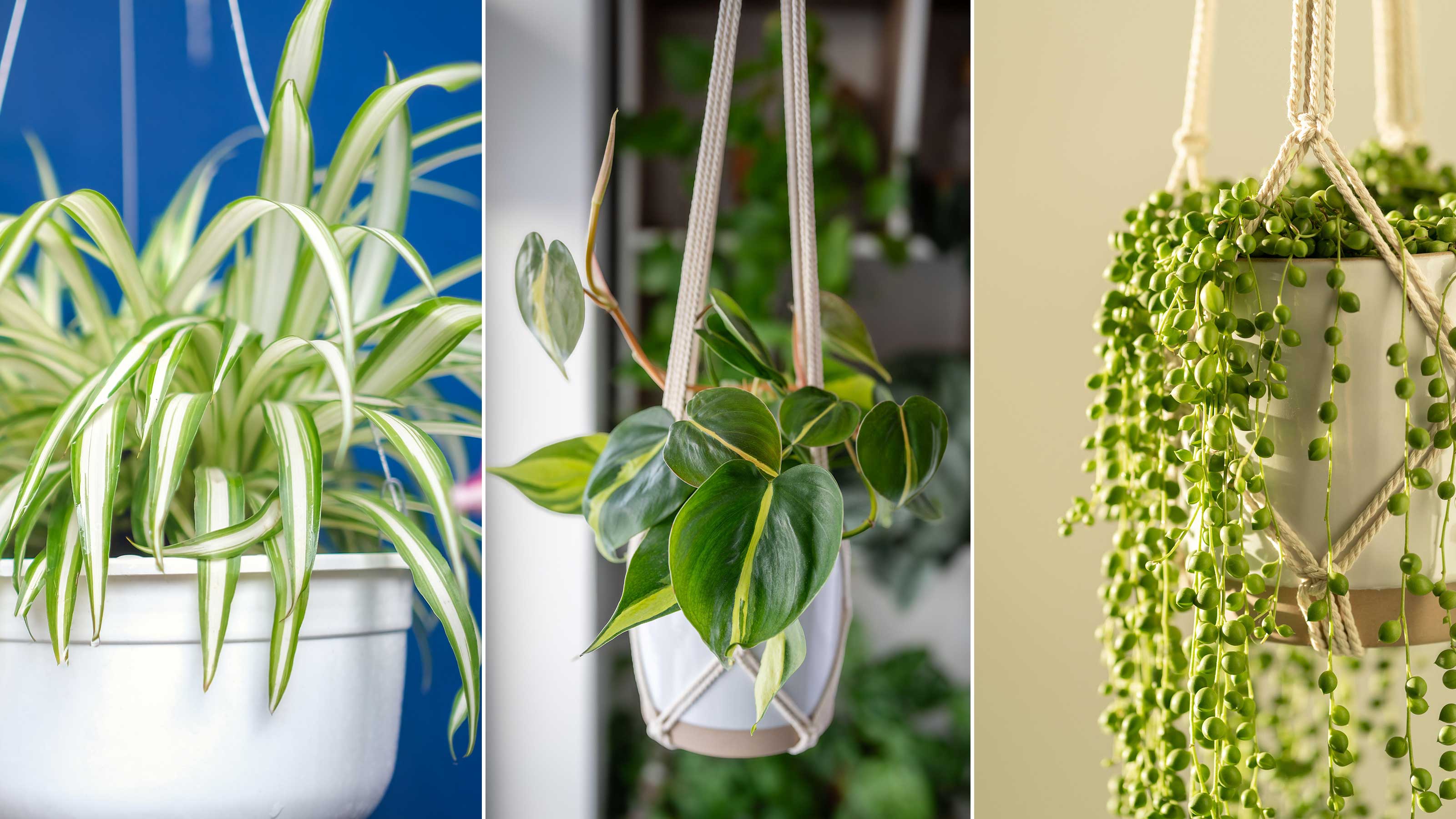 Best hanging basket houseplants — 10 leafy options for maximizing vertical space
Best hanging basket houseplants — 10 leafy options for maximizing vertical spaceDiscover the best hanging basket houseplants for elevating empty spaces in your home, as well as expert tips on how to keep them looking their best
By Holly Crossley
-
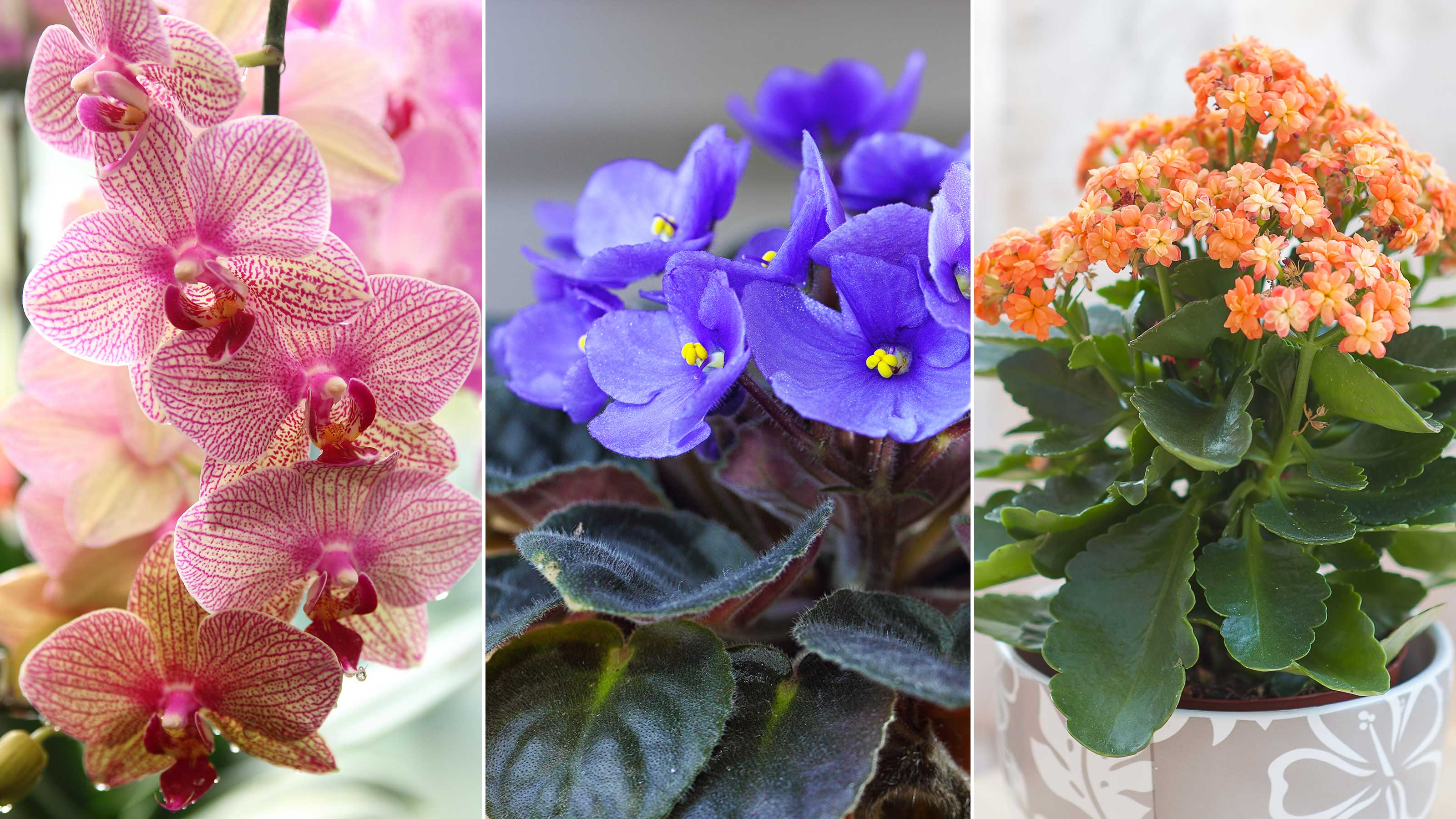 The 10 best indoor flowering houseplants to bring natural beauty to your space — including ones that blooms for months
The 10 best indoor flowering houseplants to bring natural beauty to your space — including ones that blooms for monthsThese are the best indoor flowering houseplants to beautify an interior scheme, plus expert advice on plant maintenance and styling
By Holly Crossley
-
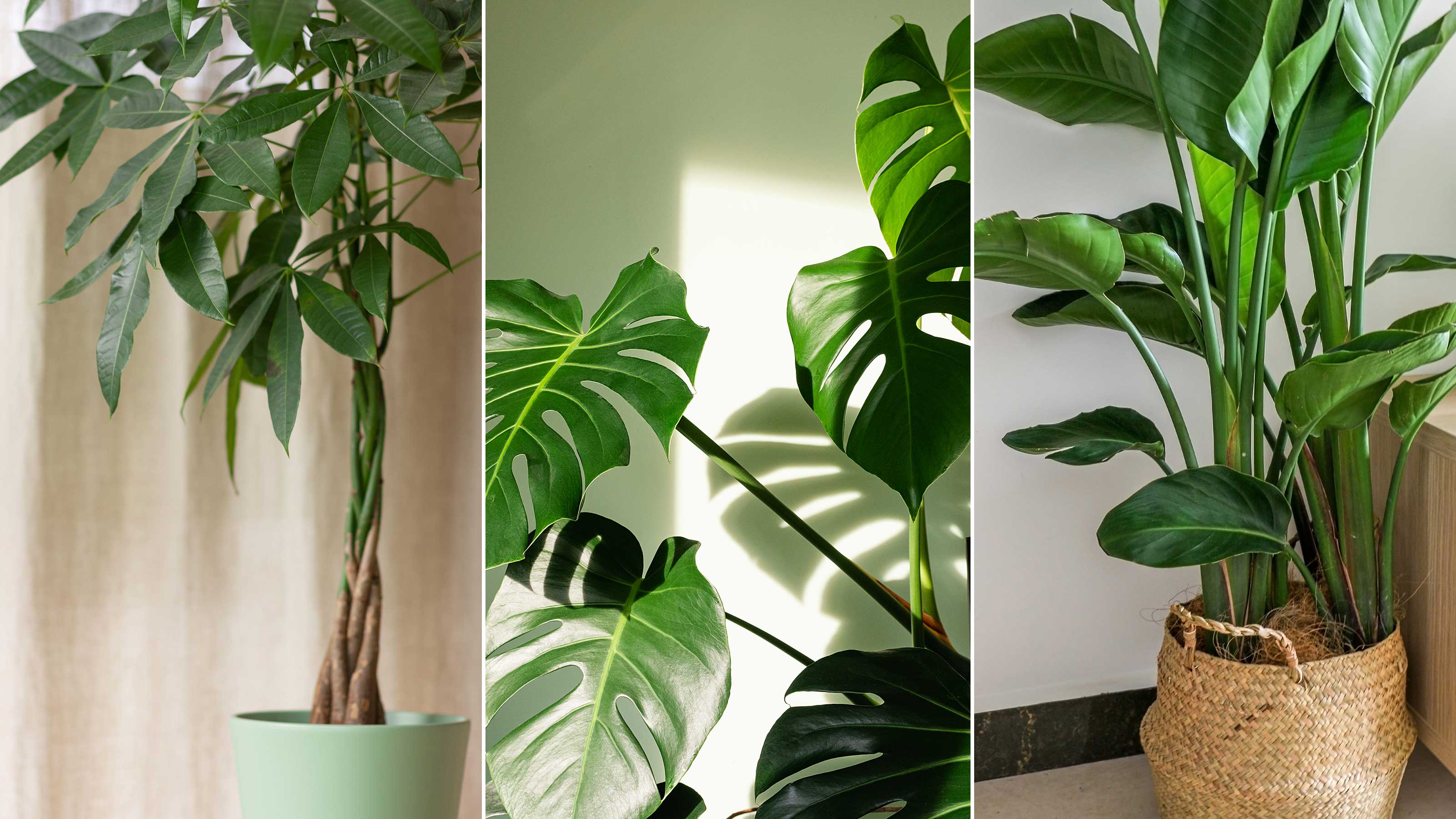 Best tall houseplants — 10 lofty options for indoor spaces
Best tall houseplants — 10 lofty options for indoor spacesThe experts reveal the best tall houseplants for a beautifully botanical interior scheme, plus practical tips on how to care for them
By Holly Crossley
-
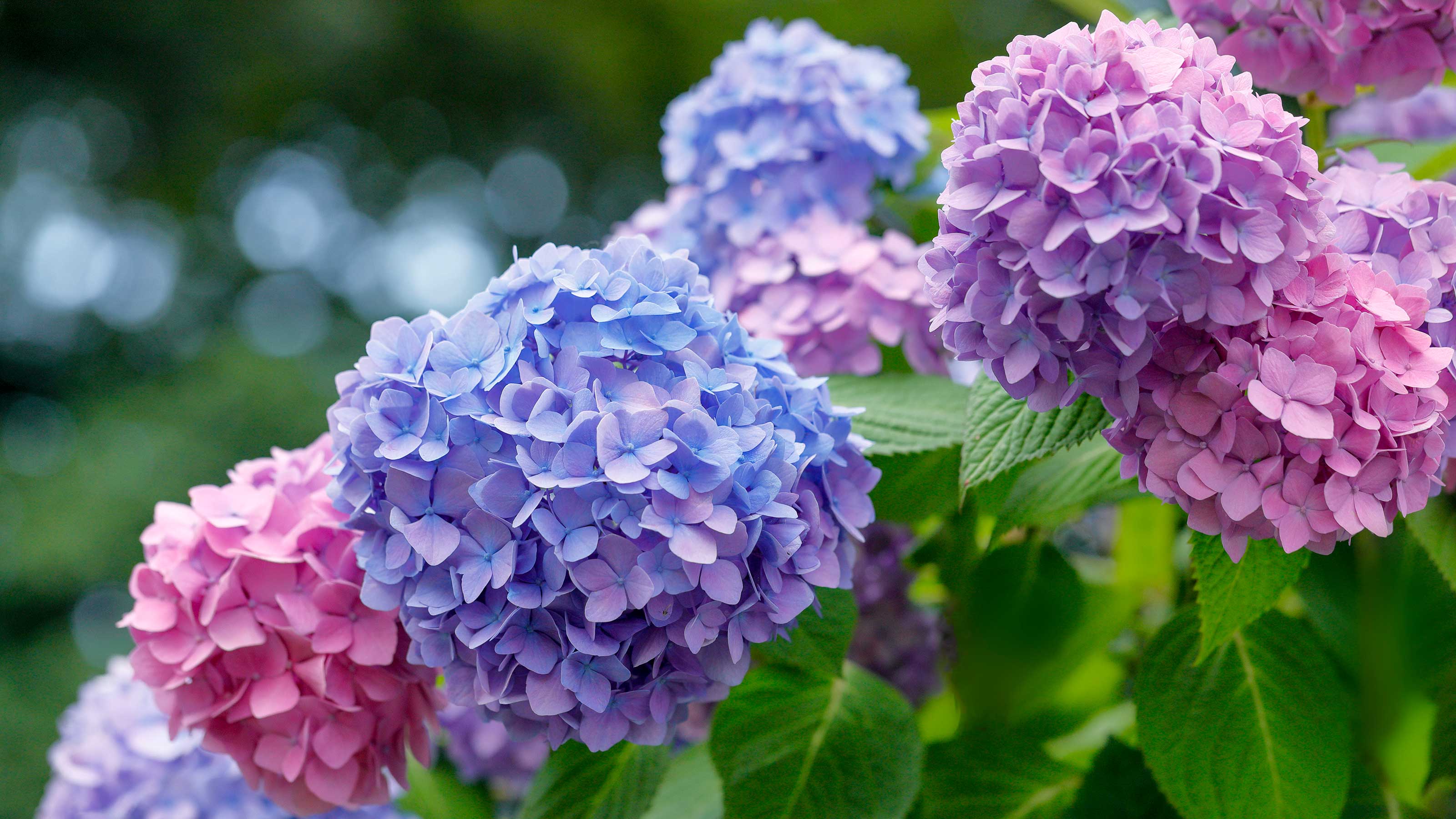 How to care for hydrangeas — 7 tips from gardeners for fabulous, flowering shrubs
How to care for hydrangeas — 7 tips from gardeners for fabulous, flowering shrubsLearn how to care for hydrangeas with this expert guide, including key tips on watering, soil type, growing in containers, and preventing pests
By Holly Crossley
-
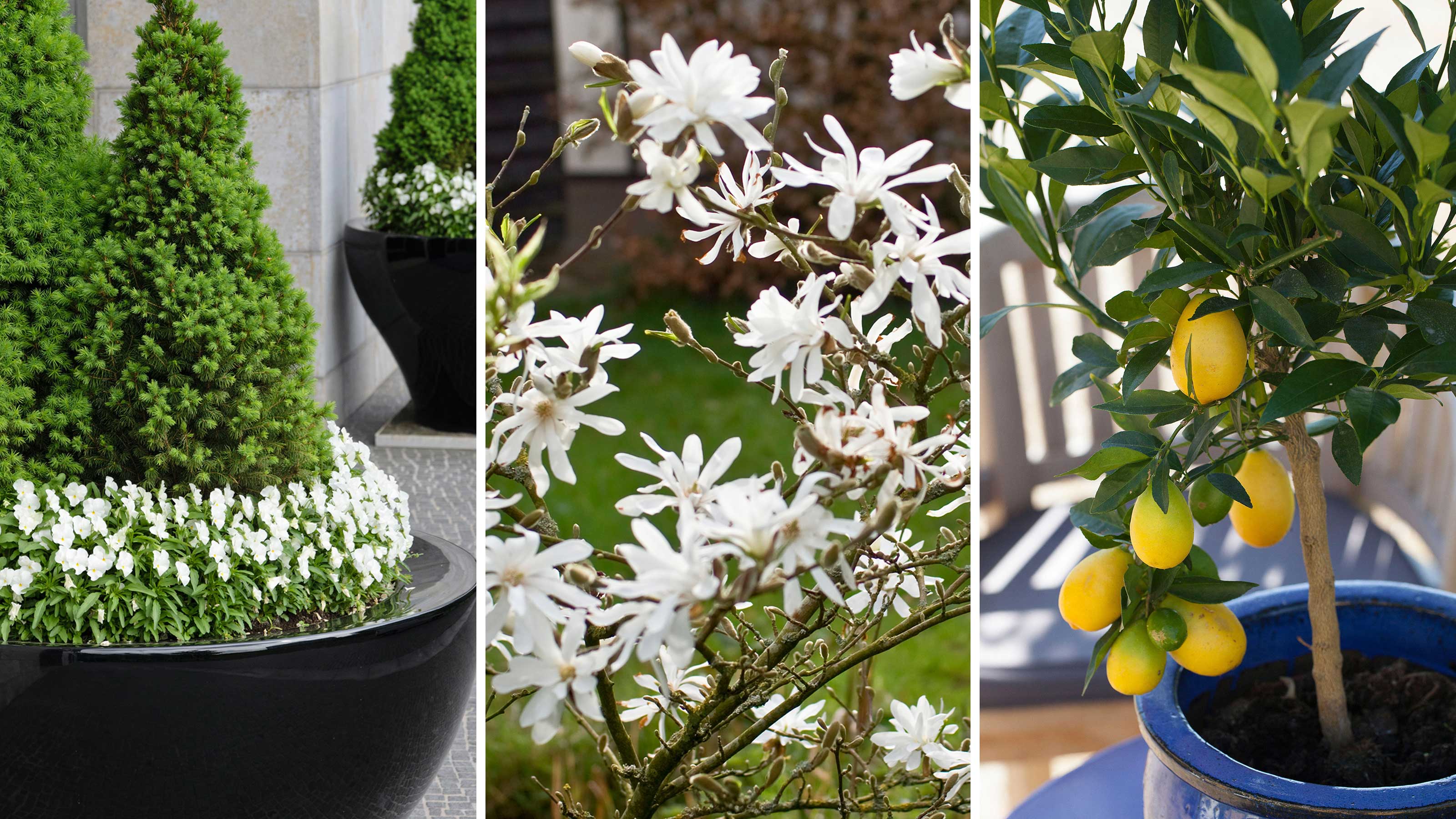 10 best trees to grow in pots — to elevate patios, porches, and more
10 best trees to grow in pots — to elevate patios, porches, and moreThese are the best trees to grow in pots for small outdoor spaces, including plenty of expert recommendations and maintenance tips
By Holly Crossley
-
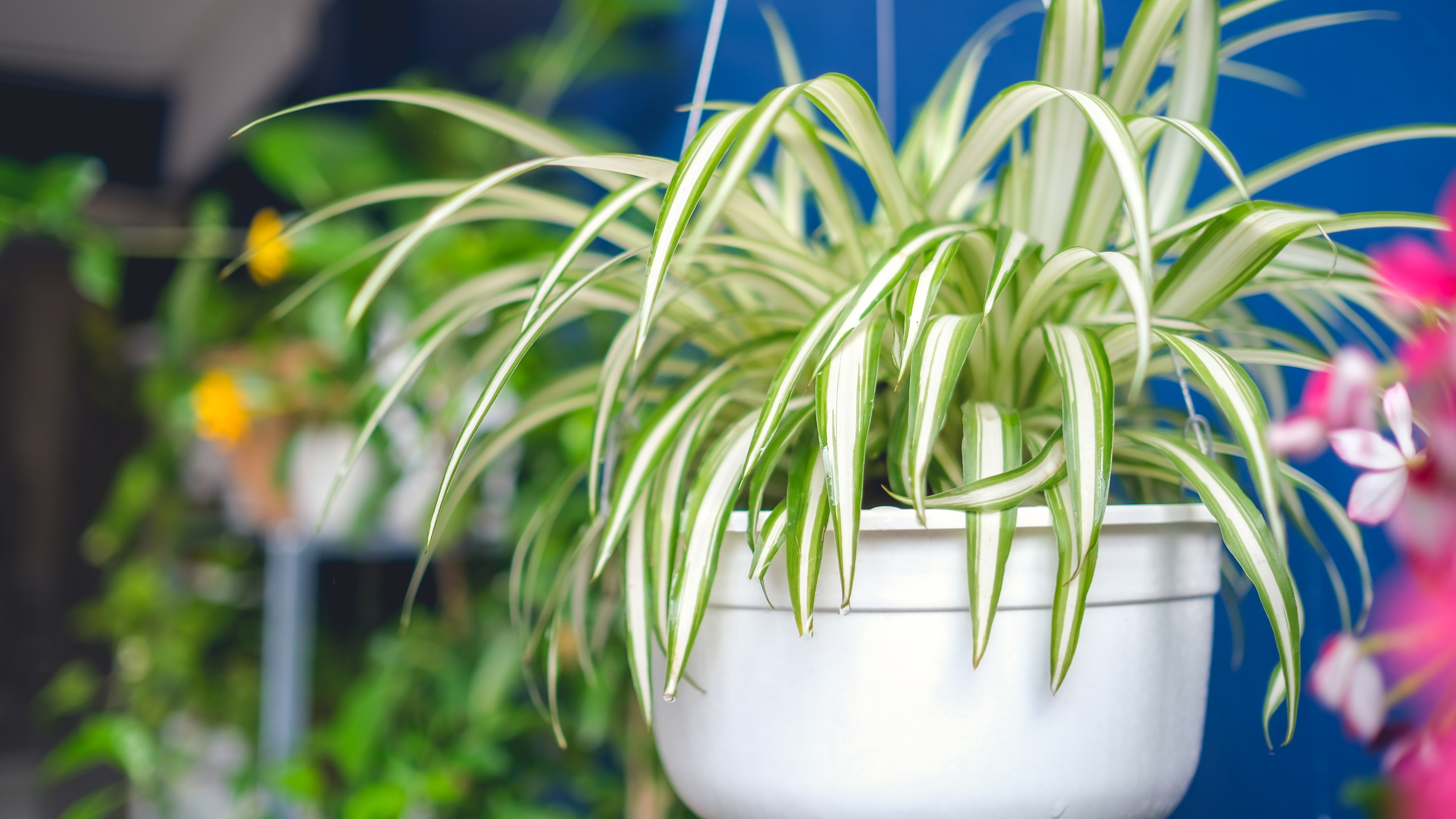 How to repot a spider plant with confidence — tips from the pros
How to repot a spider plant with confidence — tips from the prosRepot a spider plant with confidence with our expert tips and tricks. Give your beloved plant enough room to grow into an impressive display
By Emily Lambe